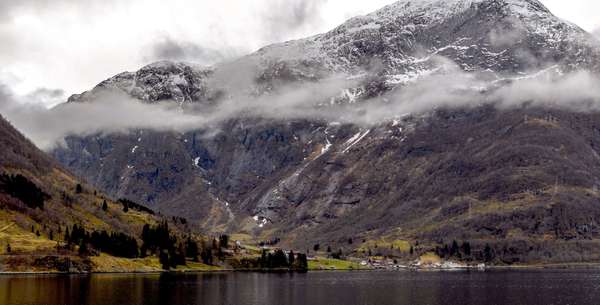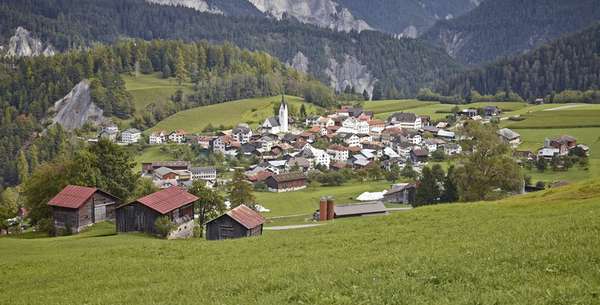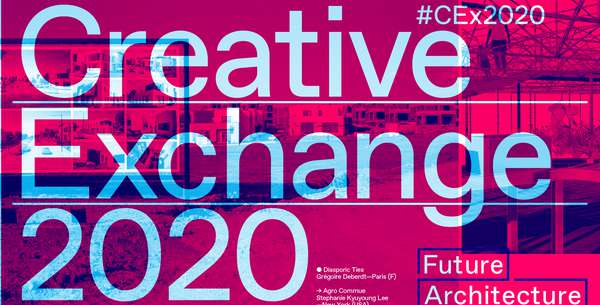Idea by
Helena Rong, Juncheng Yang
CIVIS
https://civisdesignadvisory.wixsite.com/civis
Call for ideas 2020
Collective Intelligence in City Design
Collective Intelligence in City Design
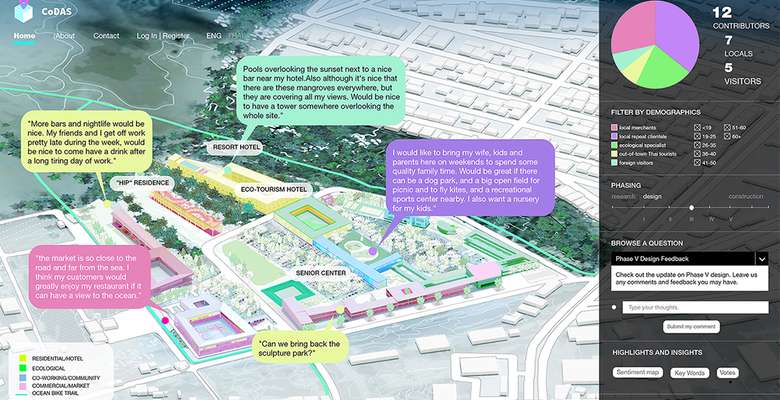
- New alliances
We propose an interactive design engagement platform which facilitates a continuous conversation between developers, designers and end users from pre-design and planning phases all the way to post-occupancy, adopting a citizen-centric and inclusive-oriented approach which would stimulate trust-building and invite active participation from end users from different age, ethnicity, social and economic background to participate in the design and development process. We aim to explore how collective intelligence through citizen engagement could be enabled by data to allow new collectives to emerge, confronting design as an iterative process involving scalable cooperation of different actors. As a result, design is a collaborative and conscious practice not born out of a single mastermind of the architect. Rather, its agency is reinforced by a cooperative ideal involving institutions, enterprises and single individuals alike enabled by data science.
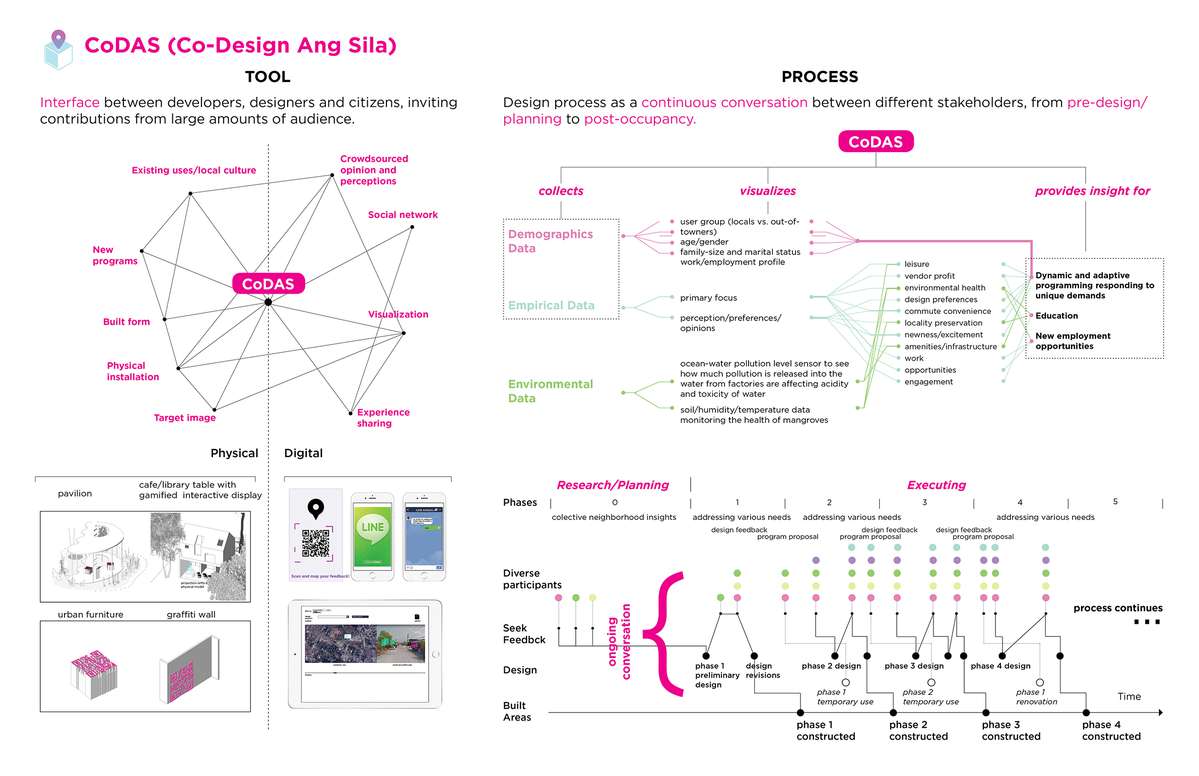
CoDAS, as a tool, is an interface between developers, designers and citizens, inviting contributions from large amounts of audience. As a process, CoDAS stands as a continuous conversation between different stakeholders, from pre-design/planning to post-occupancy. The platform collects digital overlay of the city’s personal narratives and perceptions, creating an emotional census of Ang Sila neighborhoods.
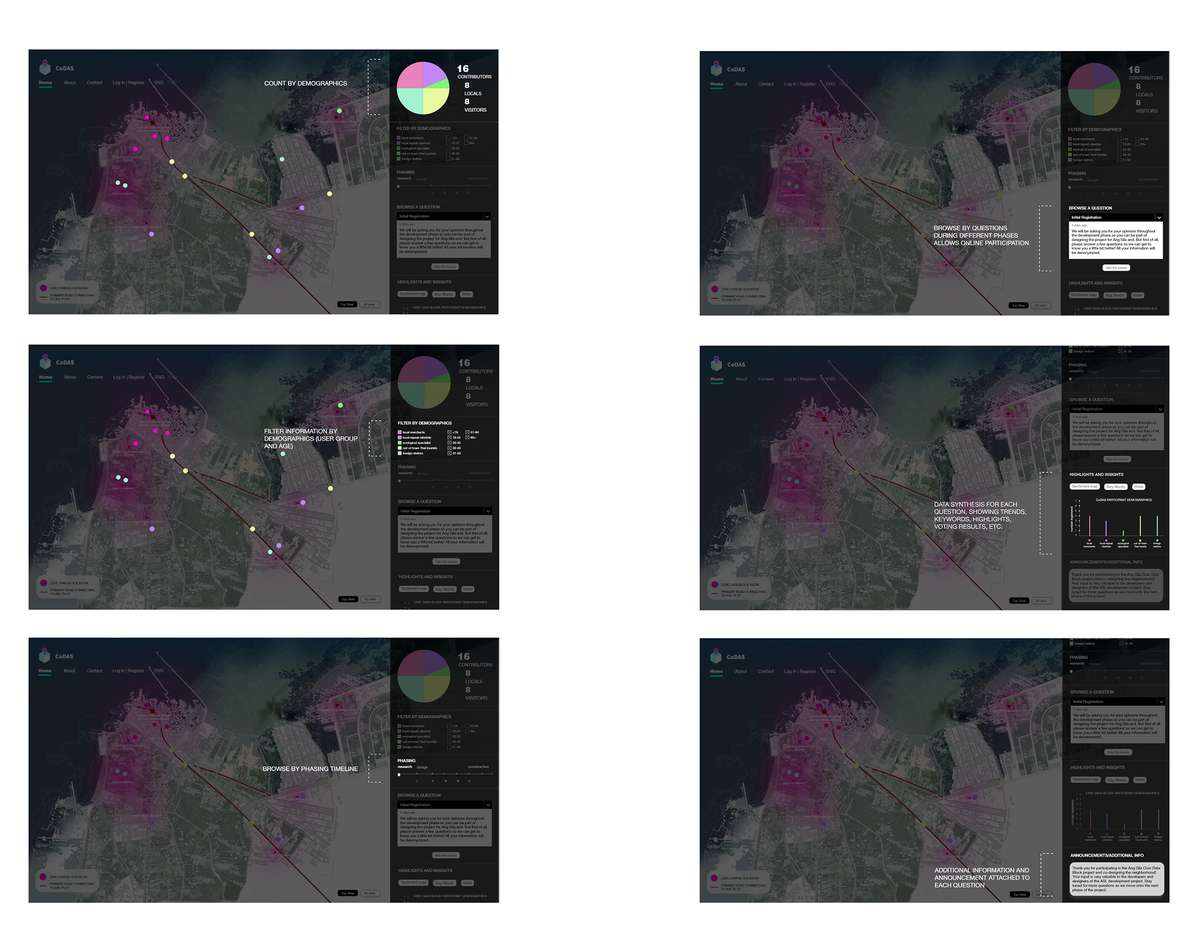
On the professional end, CoDAS visualizes basic demographic information overlapped with geographical features. The platform also displays collected information from local stakeholders (end-users) and mapped out on top of the geographical interface.
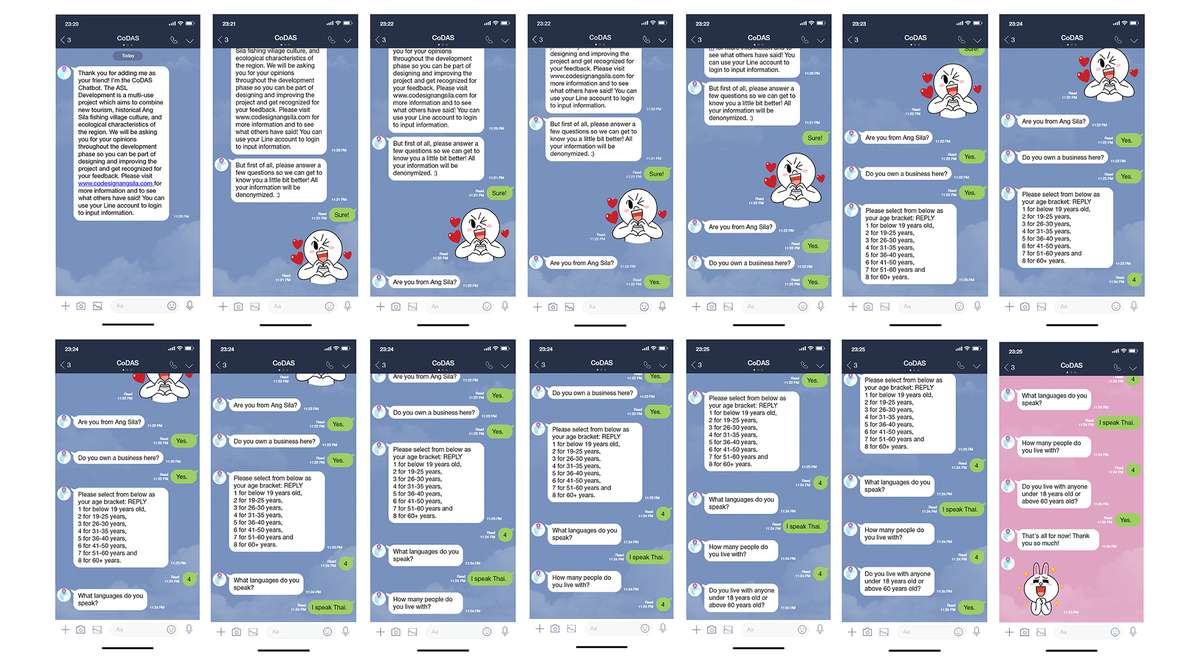
Image 3 is the social media interface for local stakeholders. The platform asks questions regarding their memories, perceptions, and expectations of the site for pre-development research and feedback for post-occupancy survey.
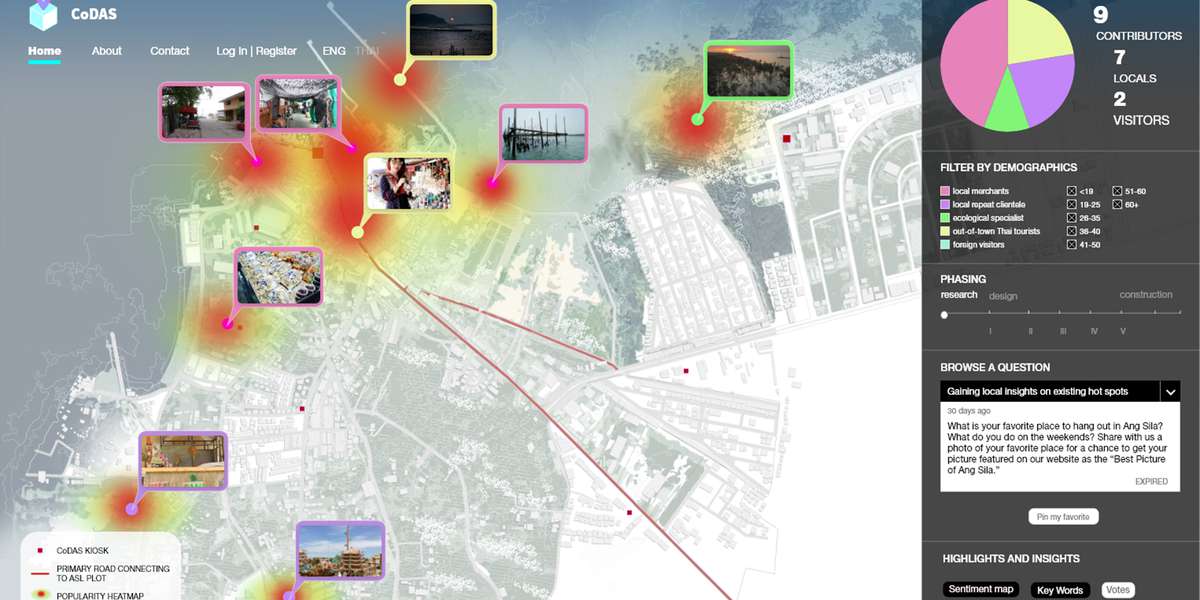
The platform gathers information on people’s preferences and values on existing urban spaces in order to map out granular neighborhood insights that would help professionals to better understand user needs.
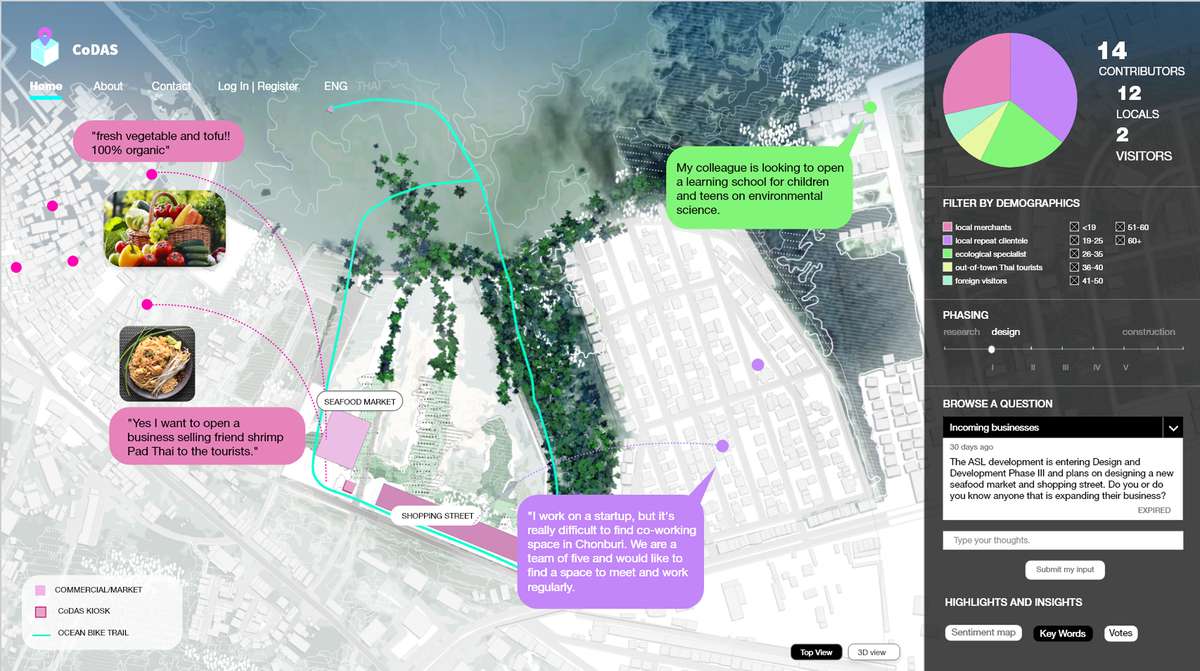
The platform can engage local vendors, whose active input allows the original intended programming to expand to include much more varied spaces which reflect the locality and unique nature of the neighborhood.
Collective Intelligence in City Design
Collective Intelligence in City Design

- New alliances
We propose an interactive design engagement platform which facilitates a continuous conversation between developers, designers and end users from pre-design and planning phases all the way to post-occupancy, adopting a citizen-centric and inclusive-oriented approach which would stimulate trust-building and invite active participation from end users from different age, ethnicity, social and economic background to participate in the design and development process. We aim to explore how collective intelligence through citizen engagement could be enabled by data to allow new collectives to emerge, confronting design as an iterative process involving scalable cooperation of different actors. As a result, design is a collaborative and conscious practice not born out of a single mastermind of the architect. Rather, its agency is reinforced by a cooperative ideal involving institutions, enterprises and single individuals alike enabled by data science.
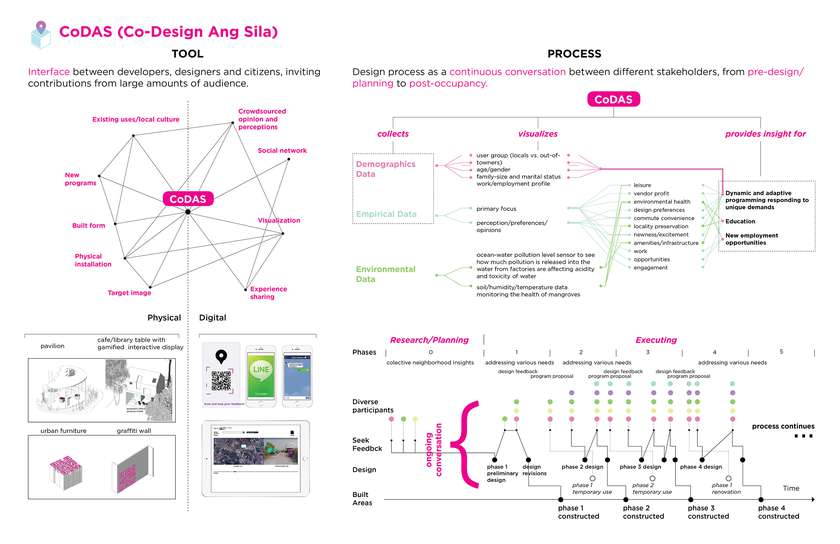
CoDAS, as a tool, is an interface between developers, designers and citizens, inviting contributions from large amounts of audience. As a process, CoDAS stands as a continuous conversation between different stakeholders, from pre-design/planning to post-occupancy. The platform collects digital overlay of the city’s personal narratives and perceptions, creating an emotional census of Ang Sila neighborhoods.
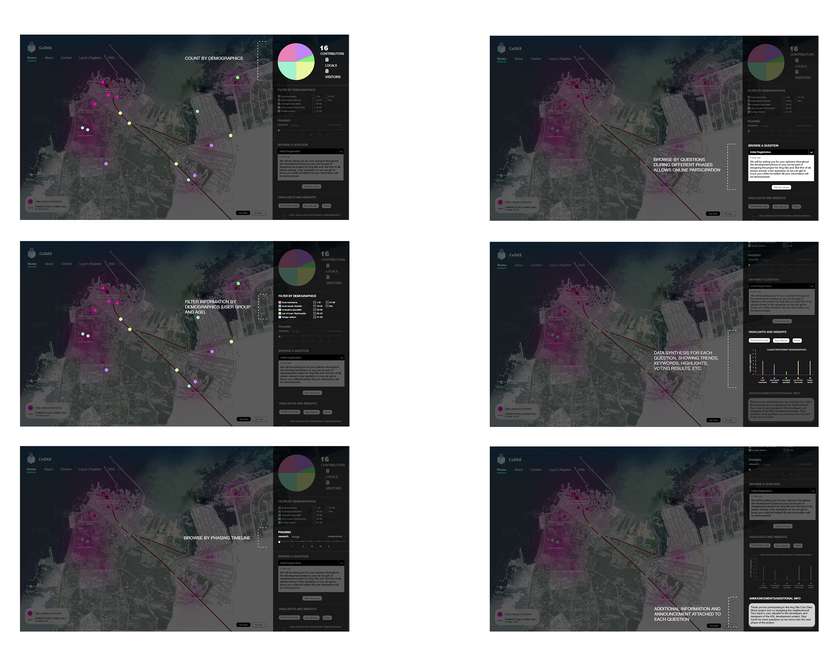
On the professional end, CoDAS visualizes basic demographic information overlapped with geographical features. The platform also displays collected information from local stakeholders (end-users) and mapped out on top of the geographical interface.
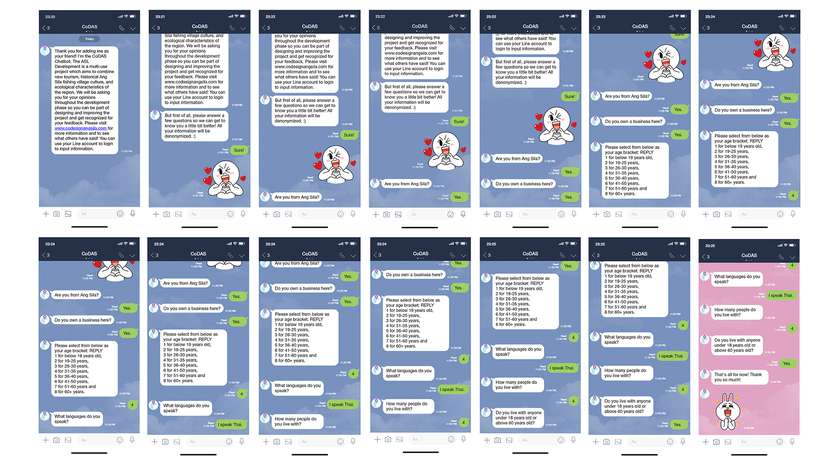
Image 3 is the social media interface for local stakeholders. The platform asks questions regarding their memories, perceptions, and expectations of the site for pre-development research and feedback for post-occupancy survey.
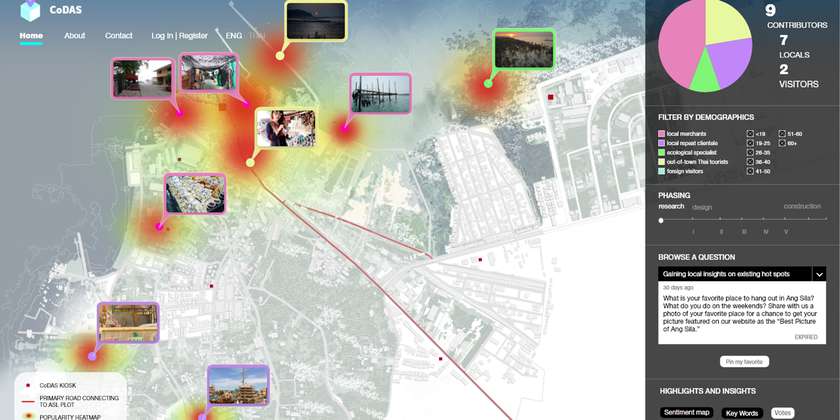
The platform gathers information on people’s preferences and values on existing urban spaces in order to map out granular neighborhood insights that would help professionals to better understand user needs.
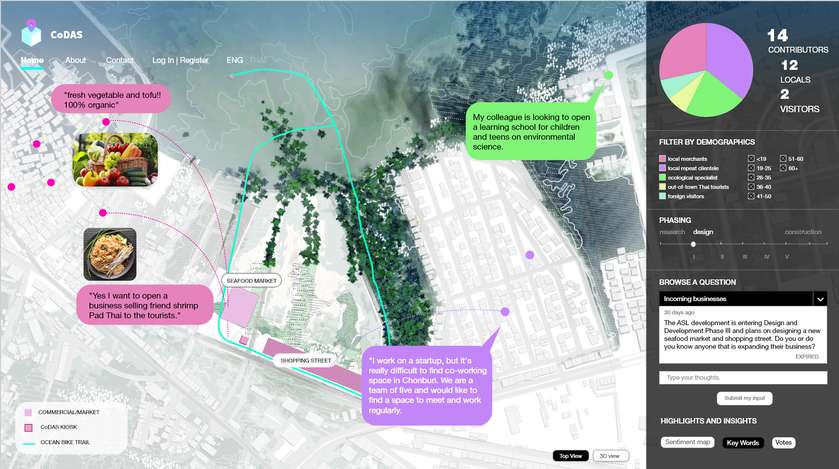
The platform can engage local vendors, whose active input allows the original intended programming to expand to include much more varied spaces which reflect the locality and unique nature of the neighborhood.
